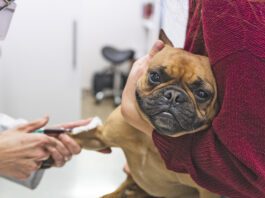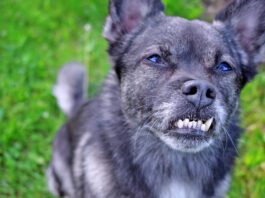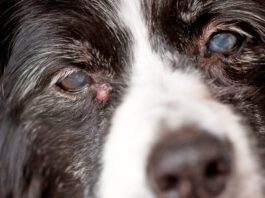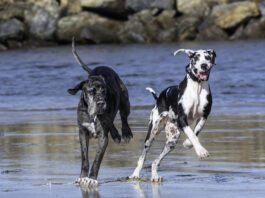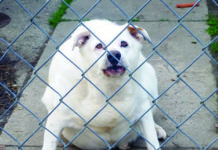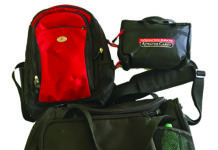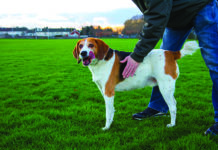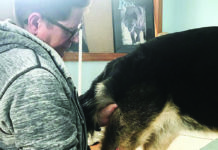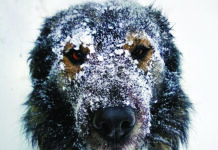Does Your Dog Have a Mold Allergy?
One of the most common skin diseases that develop in dogs is atopic dermatitis. Most of these cases are caused by allergies to substances...
How to Help Your Dog Lose Weight
In 2013, the American Medical Association defined obesity in humans as a disease. The veterinary medical profession is also pushing to have obesity in...
Be Prepared For Any Canine Medical Emergency
Tico came running in from the backyard shaking his head. I noticed something was flying off him and I calmly wondered what he was...
Tooth Root Resorption
There are many possible causes of dental disease in dogs including plaque accumulation, tooth trauma, genetic predispositions, cavities, and cancerous conditions. In recent years,...
To Neuter, or Not to Neuter Your Dog: That is the Question
There are any number of third-rail topics that occasionally electrify the conversationally unwary dog owner: Grains or grain-free? Dewclaw removal, cropped ears and tails,...
Stomach Ulcers in Dogs: Symptoms, Causes, Diagnosis, and Treatment
Anyone who has ever had an ulcer (or the heartburn indicating that an ulcer is developing) knows the discomfort that ulcers cause. Yet few recognize the same symptoms in their dogs!
Pain’s Effect on Behavior
Behavior problems such as anxiety or aggression are commonly diagnosed in pet dogs, and, as many dog owners have discovered, can be quite challenging...
Warning Signs Before Starting Canine Massage Therapy
When you contact a massage practitioner about your dog, one of the first questions she should ask you is whether and when your dog...
Canine Massage Case Reports
Aimee Johnson of Little Bear Animal Massage (littlebearanimalmassage.com) in St. Paul, MN, reports: One of my clients is a 13-year-old German Shepherd Dog, Izzy,...
Canine Massage Therapy
As a newly board-certified canine massage practitioner, I want to encourage everyone who is dedicated to their dogs to consider adding professional massage to...
Canine Cancer Resources and Hope
For each of the past six months, I’ve written an article for WDJ about the cancers that most commonly afflict dogs. It’s my sincere...
Winter Warnings for your Dog
One might think that growing up in Illinois, Ohio, and Wisconsin would have inured me to the effects of bitter cold, hip-deep snow drifts,...



